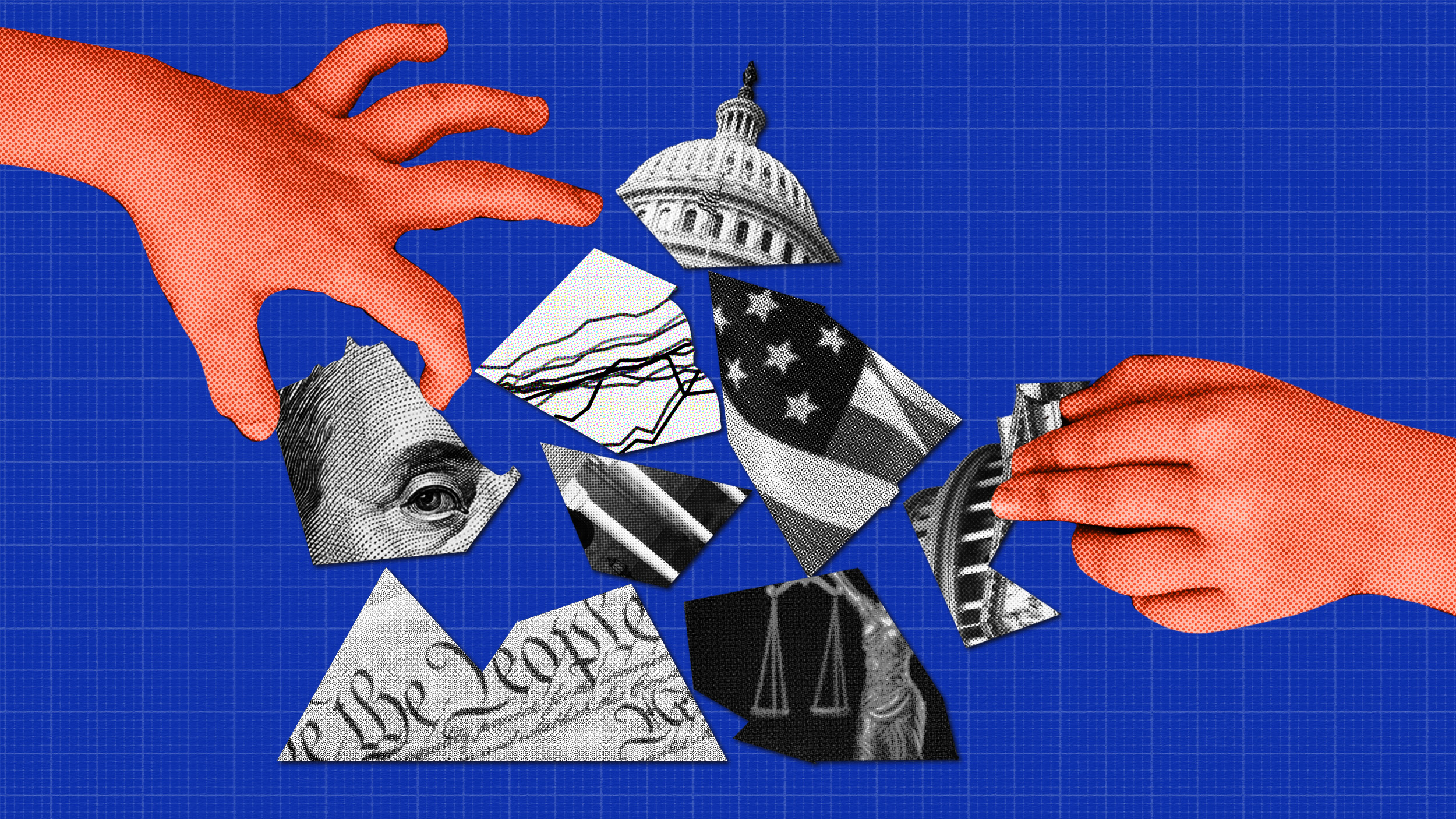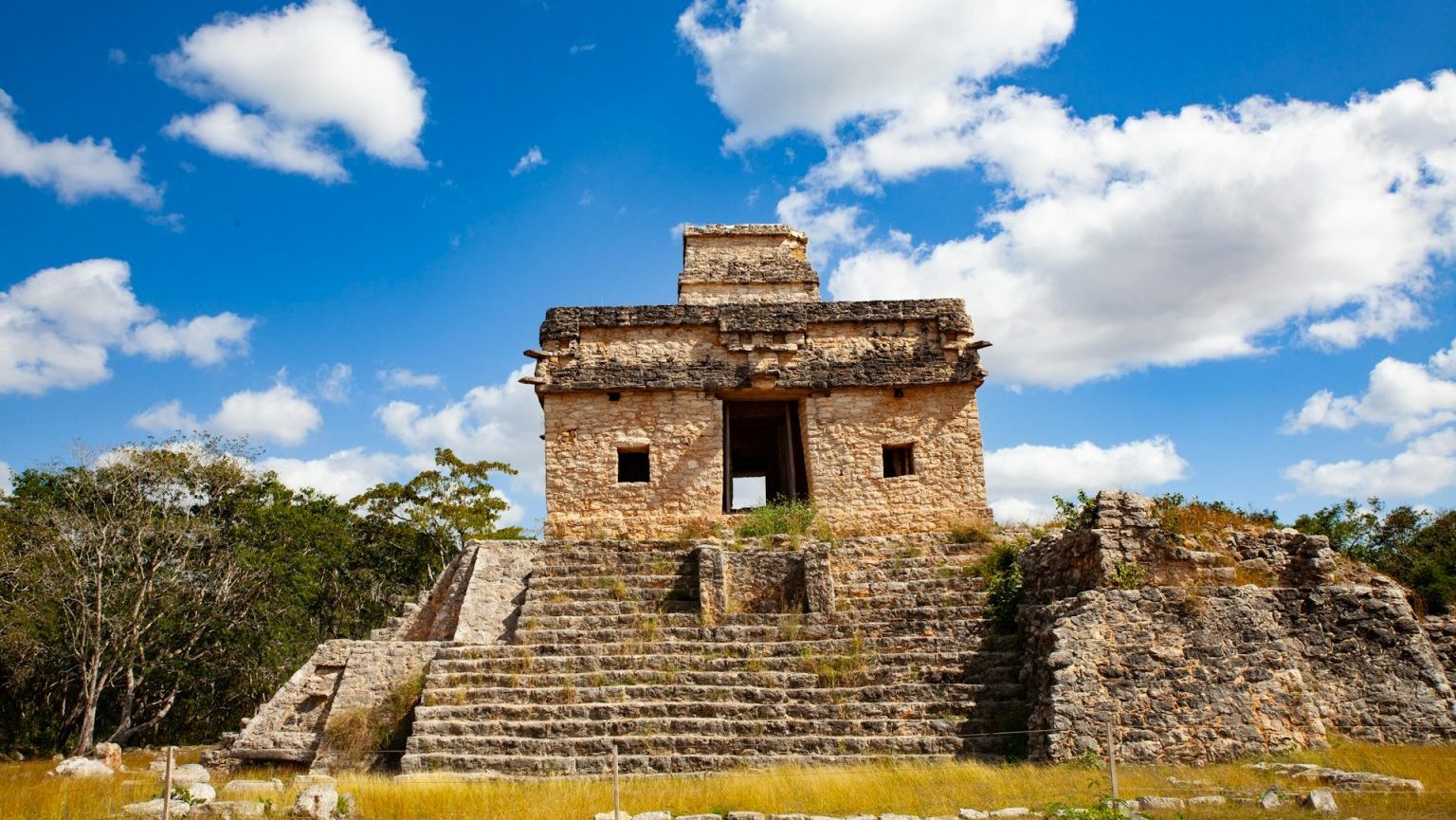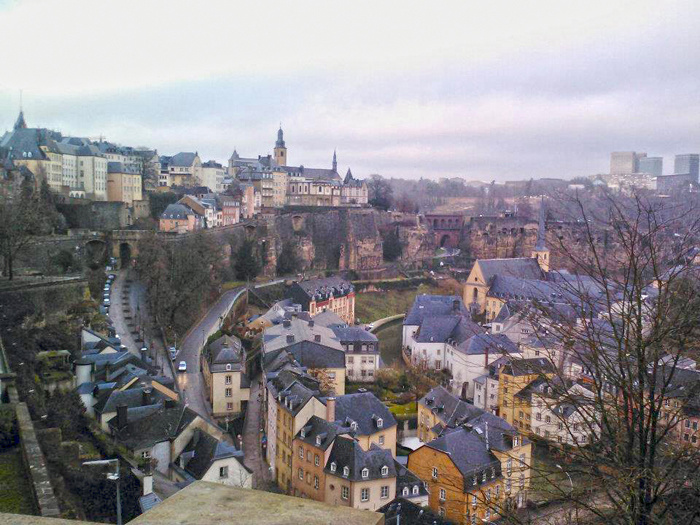Should All Public Transit Be Free?

More than half of the world’s population lives near an urban center. But as our cities grow increasing traffic has clogged roads and highways. In much of the U.S., a car—there are 246 million registered, as of 2009—is a near-necessity. Meanwhile, longer commutes have been linked with severe health problems, according to a recent report by Gallup.
Public transportation systems hold the promise of more efficient movement—and a healthier population—but in many U.S. cities there are few incentives to promote widespread use of buses, subways, trolleys and trains.
A way to realign these incentives and increase public transit use is to make all public transportation free to passengers, Erik Olin Wright, a professor of sociology at the University of Wisconsin at Madison, told Big Think. According to Wright, the benefits of free public transit are broader than are apparent with strict financial bookkeeping. The full value comes in a range of ancillary economic, health and ecological benefits, including:
These “positive externalities” need to be highlighted to gain public support for free transit, says Wright.
College towns have been a testing ground for free-ride transit—for students and non-students alike. Programs currently operate in cities such as Clemson, South Carolina, and Chapel Hill, North Carolina. As well, popular tourist towns from Park City, Utah, to Hawaii’s Big Island have created free systems. Baltimore, too, recently started the Charm City Circulator, a fleet of twenty-one buses traveling three free routes in the city. Other transit systems have free-fare programs for children, students and the elderly.
The key is to scale an already-subsidized industry with select free-fare groups into a system-wide program free to all. This would create a tipping point toward more people using public transportation. “Of course public transportation has to be paid for,” writes Wright, “but it should not be paid for through the purchase of tickets by individual riders—it should be paid for by society as a whole through the one mechanism we have available for this, taxation.”
“This should not be thought of as a ‘subsidy’ in the sense of a transfer of resources to an inefficient service in order for it to survive,” he says, “but rather as the optimal allocation of our resources to create the transportation environment in which people can make sensible individual choices between public and private means of transformation that reflect the true costs of these alternatives.”





